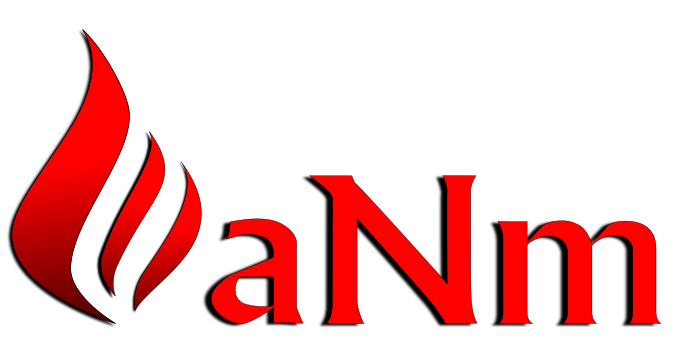[note: first published at “eLearning Development Tech Thoughts” blog on 7/3/12.]
Ok. I’ll admit, right up front, that I’m not going to take sides on this one. I’ve been a long-time developer using both HTML-based and Flash-based solutions. I’m quite comfortable using either technology to get the job done.
To use a mechanical analogy: Say you hand me either a pair of needle-nose pliers OR a pair of lineman’s (or “combination”) pliers. These are certainly different tools and have different functions…but, I can sure squeeze/pinch/etc. the heck out of something with either one. The same can be said for HTML5 or Flash; each have their own specific set of advantages, but both come in quite handy, when it comes to getting the job done, especially from a software solutions perspective.
A recent blog article on http://www.trainingindustry.com further discusses HTML5 and Flash’s differences, but supports the above idea that either/both technologies work well. The article goes on to discuss “HTML5 in Learning Solutions” and highlights some advantages. Namely, Semantics, Multimedia, Graphics, Device access, and Offline Storage. I’d suggest viewing the article at http://www.trainingindustry.com/learning-technologies/articles/using-html5-in-learning-solutions.aspx to get the full description behind these.
One part of the article stands out to me, which I will quote here:
HTML5 in Learning Solutions: Collaborative Learning
There is yet another aspect to the learning equation and how HTML5 can play a role that is quite distinct in the world of learning solutions, with respect to social collaboration. Just about everyone is familiar with social networks these days and the benefits of staying connected in the personal and professional world. HTML5 makes it easy to build solutions around collaboration among a group of experts and learners. Collaboration in the online world is so powerful that it can change the way everything works.
I agree with much of this. Thinking towards social media, such as Facebook, Twitter, Instagram, and/or other, it becomes clear that we developers need to plan for implementation of these technologies, not matter what platform for which we are creating content. Take the JSFiddle example below, showing how easy it is to grab Tweets using jQuery. Click the ‘Result’ button to run the simple script.
Of course, this is a rudimentary example, but think of the possibilities implementing the social aspect for our clients, as we deploy to desktop units or even mobile devices, using HTML5. Certainly, I am not taking sides here – I will continue to use both Flash and/or HTML5 where needed…however, I use the example above to remind us, as developers, that we can continue to think past our current technological reach.
For now, we’ll see how the comparison between the two solutions work out. I’d wager that both will be around for quite some time, for us to all argue over, even if one dies on the vine. (…I mean, there are still developers out there programming in Authorware, right?)

vary good post..